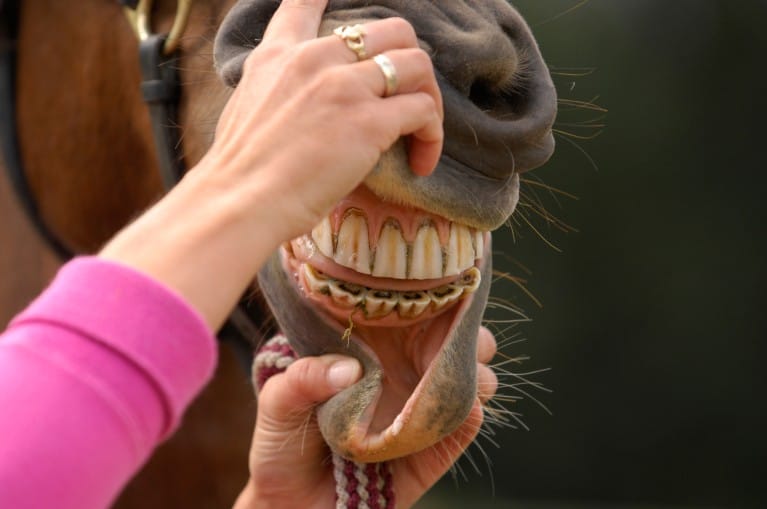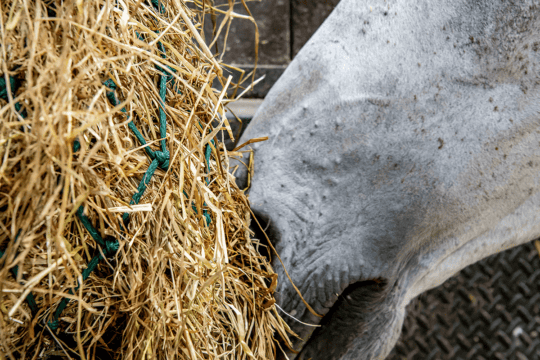If you want to check how old your horse is, having a quick look in his mouth can give you a pretty good idea. Horse&Rider shows you what his teeth should look like at each milestone.

You can’t always be sure your horse is as old, or young, as you think, especially if he was born before the passport regulations were introduced in 2004. Although not foolproof, the best way to check is to have a look at his teeth. Horses are hypsodonts, which means that they have long teeth set deep in their jaw that continue to erupt throughout their lives, to compensate for the wear caused by grazing. It is this gradual eruption that makes it possible to age a horse by his teeth, as some of the teeth have distinctive markings that only become apparent as the tooth emerges.
Ageing horses isn’t an exact science, but it can give you a good idea of his approximate age and the younger the horse, the easier it will be to age him – once he reaches 10, ageing becomes less accurate. However, factors such as the environment your horse lives in (whether he is stabled or grazes on sandy soil), the type of food he eats, dental abnormalities and vices such as cribbing can all affect the level of wear on the teeth and, therefore, their appearance, which will make ageing more difficult.
Horses have 36-40 permanent teeth – 12 incisors, 12 premolars, 12 molars and, in some horses, four canines (commonly called tushes). Most males have 40, whereas most females are lacking the canines and have a total of 36 teeth. Additionally, some horses may develop one or more wolf teeth that sit just in front of the premolars, usually in the upper jaw.















